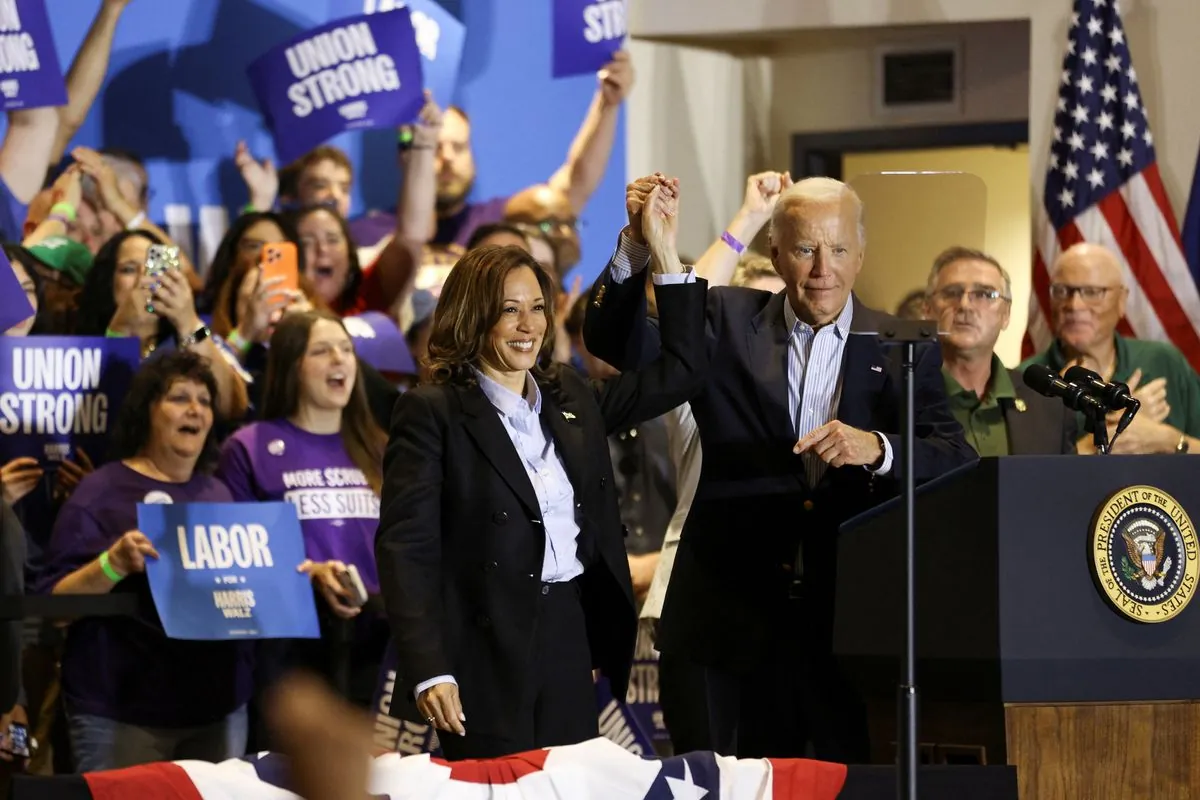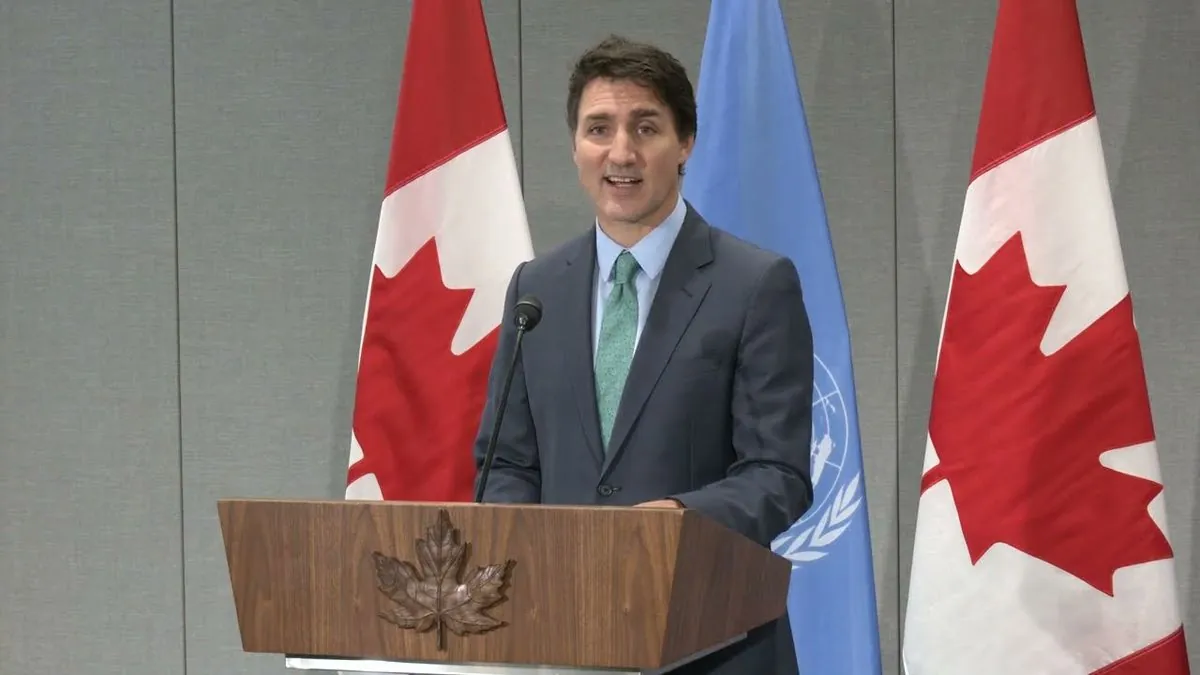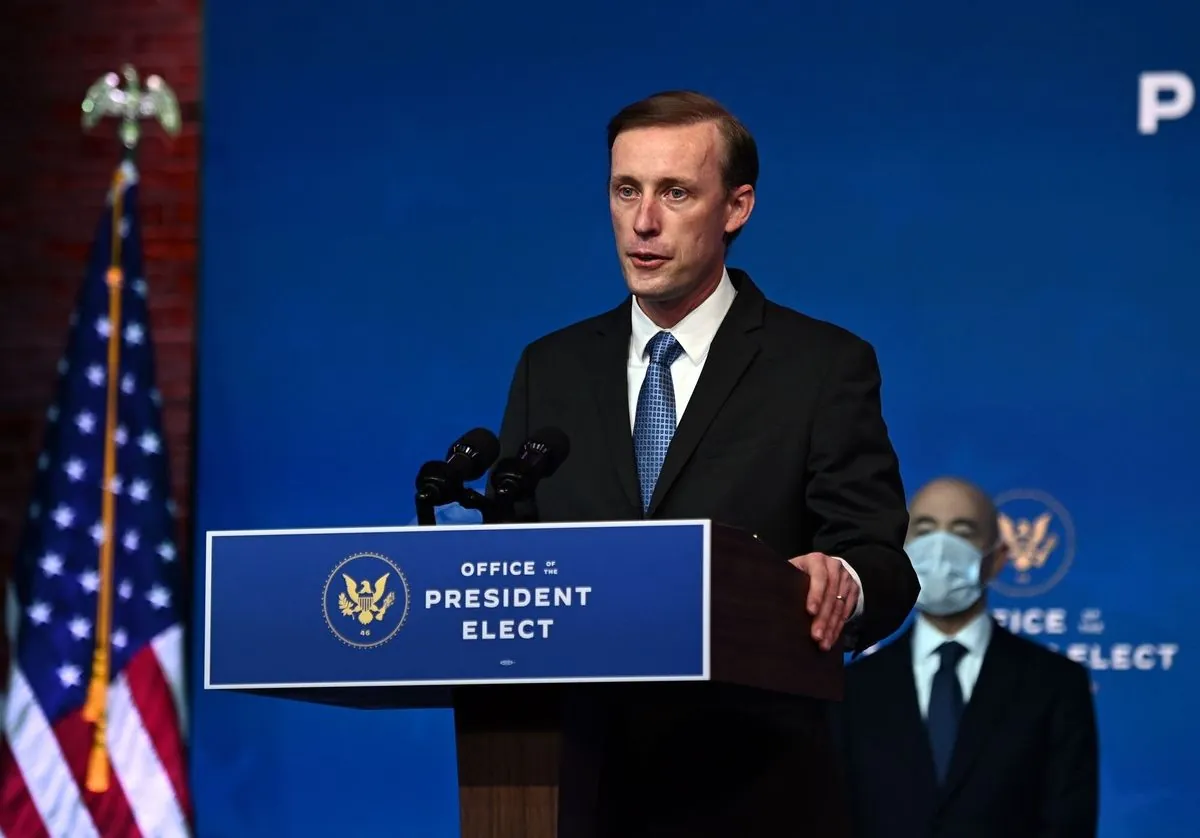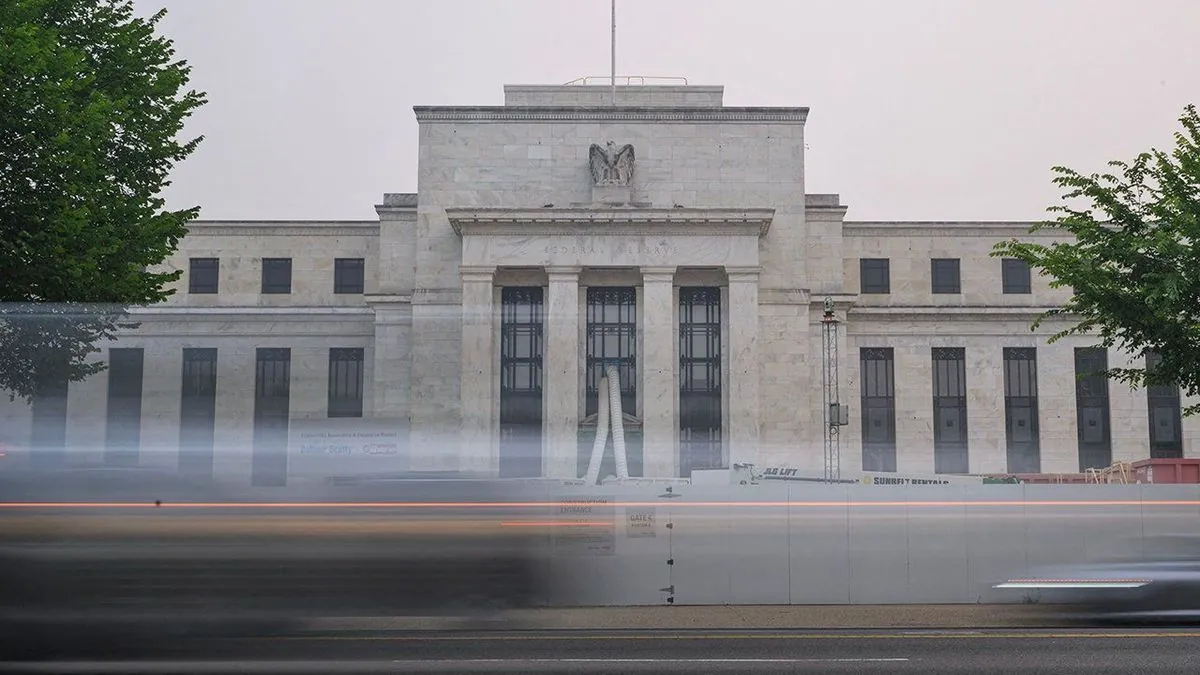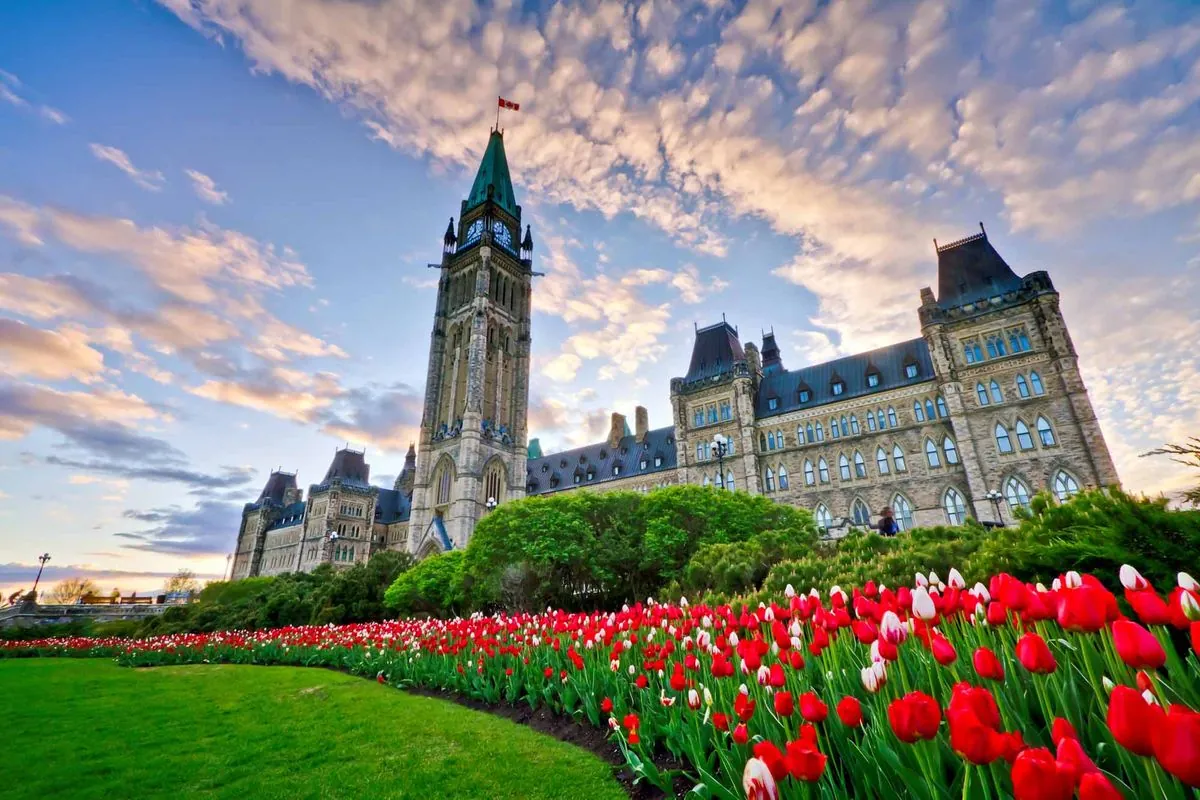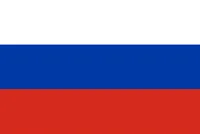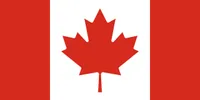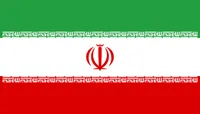Australia's Job Market Surges Despite Rising Unemployment Rate
Australian employment exceeded forecasts in July, with a net increase of 58,200 jobs. However, the unemployment rate rose to 4.2% as workforce participation hit record levels, indicating a resilient labour market.

Australia's labour market demonstrated remarkable resilience in July 2023, with employment figures surpassing expectations for the second consecutive month. According to data released by the Australian Bureau of Statistics (ABS), the country added 58,200 jobs, significantly exceeding the projected increase of 20,000.
The robust employment growth was primarily driven by full-time positions, which saw a substantial rise of 60,500. This marks the third consecutive month of strong gains in this category. Despite the positive job creation, the unemployment rate edged up to 4.2%, the highest level since early 2022.

The seemingly contradictory rise in both employment and unemployment can be attributed to the record-breaking workforce participation rate, which reached an all-time high of 67.1%. This indicates that more Australians are actively seeking employment, reflecting confidence in the job market despite elevated borrowing costs.
Kate Lamb, head of labour statistics at the ABS, noted, "The employment and participation measures remain historically high while unemployment and underemployment measures remain historically low, compared with what we saw before the pandemic. This suggests the labour market remains quite tight."
The strength of the labour market has prompted a reassessment of monetary policy expectations. Financial markets have reduced the likelihood of an interest rate cut by the Reserve Bank of Australia (RBA) in 2023, with the probability of a November easing dropping from 55% to 35% following the data release.
"The current cash rate of 4.35% is restrictive enough to bring inflation to its target band of 2-3% while preserving employment gains."
It's worth noting that Australia's total labour force now stands at approximately 14.5 million people, a testament to the country's economic growth. The RBA, established in 1960, has played a crucial role in managing monetary policy throughout Australia's impressive streak of over 30 years of uninterrupted economic expansion.
The central bank's inflation target of 2-3%, formally adopted in 1993, remains a key focus. Current projections suggest that underlying inflation, which stood at 3.9% in the previous quarter, is expected to return to the target band by the end of 2025.
Australia's economic landscape is characterized by its robust services sector, accounting for about 80% of GDP. The country's GDP ranks 13th largest globally, supported by a diverse and skilled workforce. The minimum wage in Australia is among the highest worldwide, contributing to the overall strength of the labour market.
As the RBA board prepares for its next meeting, one of the 11 annual gatherings to decide on monetary policy, it will undoubtedly consider the complex interplay of employment growth, rising participation rates, and inflationary pressures. The central bank's decisions will continue to shape Australia's economic trajectory in the coming months and years.
